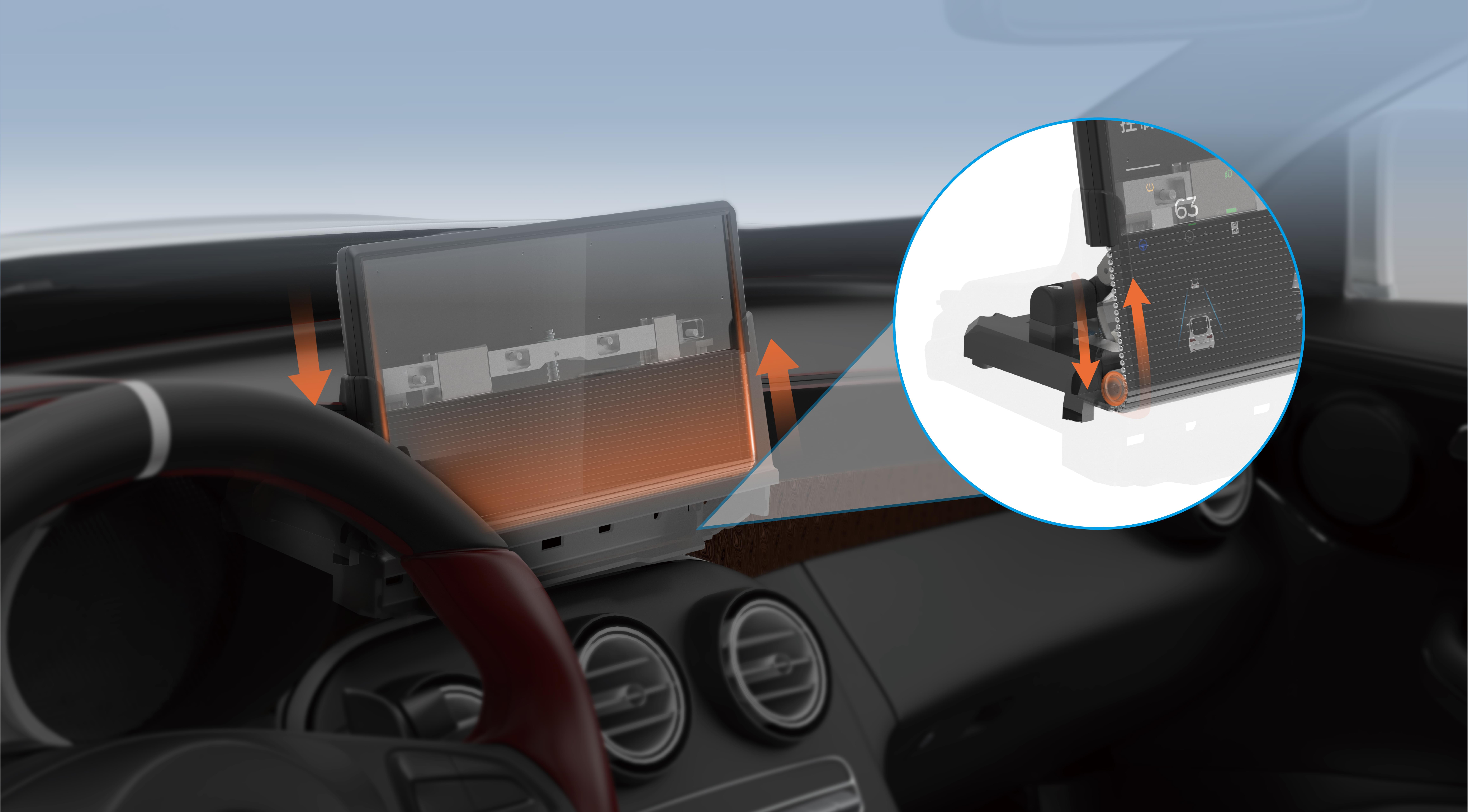Imagine holding the power to control movement with precision, unlocking a universe of creative possibilities. That power is at your fingertips with the humble yet mighty servo motor—a tiny device capable of turning your digital commands into smooth, accurate motion. When combined with an Arduino microcontroller, servo motors become the backbone of countless projects, from simple robotic arms to complex automated systems. Whether you're an aspiring roboticist, an educator, or an enthusiastic maker, understanding how to harness the potential of servo motors in Arduino opens doors to innovations limited only by your imagination.

What is a Servo Motor?
At its core, a servo motor is a rotary actuator that allows precise control of angular position, velocity, and acceleration. Unlike traditional motors that run continuously, servo motors are designed to be responsive, holding a specific position when powered. They are equipped with built-in feedback systems that constantly monitor their position and adjust accordingly—making them incredibly accurate. This unique capability makes servo motors ideal for applications where precise movement is important, such as robotic arms, remote-controlled vehicles, and automation gadgets.
How Do Servo Motors Work?
The secret to a servo motor's precision lies in its control mechanism. It typically consists of a small DC motor, a gear train for torque multiplication, a potentiometer (or other position sensor), and a control circuit. When receiving a command, the control circuit compares the current position (measured by the potentiometer) with the desired position. If there's a discrepancy, the motor turns to reduce the difference, thus aligning the shaft to the target angle.
In the world of hobby electronics, most servo motors respond to Pulse Width Modulation (PWM) signals—a type of digital signal where the width of the pulse determines the position of the servo. A typical standard servo interprets a pulse width of about 1 millisecond to 2 milliseconds, repeated every 20 milliseconds, to set its position between 0 and 180 degrees. With a continuous rotation servo, the same principles are adapted to control speed and direction, turning it into a kind of adjustable motor.
Integrating Servo Motors with Arduino
Arduino, as an accessible microcontroller platform, simplifies the process of controlling servo motors. All you need is a few components: an Arduino board (like the Uno, Mega, or Nano), a servo motor, and some jumper wires. Arduino’s programming environment offers dedicated libraries, such as the Servo library, making it straightforward to control servo movement with just a few lines of code.
Here's a quick overview of connecting your servo to Arduino:
Power supply: Most small servos operate nicely on 5V, which can be supplied directly via the Arduino's 5V pin. However, for larger servos or many servos running simultaneously, a separate power supply is recommended to prevent voltage drops or damage. Ground connection: Connect the servo's ground pin to the Arduino's ground to establish a common reference. Signal line: Connect the control wire (usually orange or white) to one of Arduino's digital PWM pins (like pin 9 or 10). This pin will send the PWM signals that determine the servo's position.
Writing Your First Arduino Servo Program
Getting started is easier than you think. Here's an example sketch to make your servo sweep back and forth:
#include Servo myServo; // create a Servo object void setup() { myServo.attach(9); // attaches the servo on pin 9 } void loop() { for (int pos = 0; pos <= 180; pos += 1) { // sweep from 0 to 180 degrees myServo.write(pos); delay(15); // wait for the servo to reach position } for (int pos = 180; pos >= 0; pos -= 1) { // sweep back to 0 myServo.write(pos); delay(15); } }
This simple code makes the servo move smoothly from 0° to 180°, then back, creating a continuous sweeping motion. It’s perfect for hobby projects, educational purposes, or as a foundation for more complex control systems.
Practical Applications of Servo Motors in Arduino Projects
Servo motors are everywhere—robots, automated doors, camera gimbals, and even art installations. Their versatility and ease of control mean they are often the first motor type beginners learn when venturing into electronics and robotics. Some common applications include:
Robotic arms: Precise control over multiple joints to mimic human movement or perform scripted tasks. Pan and tilt mechanisms: For security cameras or wildlife observation devices, allowing smooth, controlled movement. Remote-controlled vehicles: Steering mechanisms or throttle controls. Drawing machines: Art robots that can move a pen across paper with high accuracy.
Choosing the Right Servo Motor
Not all servo motors are created equal. When planning your project, consider:
Torque and power: Larger projects or heavier loads require high-torque servos. Speed: Some servos are designed to move quickly, suitable for fast mechanisms. Size: Ensure the servo fits within your design constraints. Strength of feedback system: Quality servos have more precise position control. Power requirements: Heavy-duty servos might need an external power source.
Tips for Success with Servo in Arduino
Always use a common ground between your servo power supply and Arduino. Avoid powering multiple high-torque servos from the Arduino's 5V pin—use an external power supply. Use the Servo library to simplify control but be mindful of PWM signal timing. Test your servo with simple code before integrating into larger projects. Consider environmental factors—servos can generate heat or noise under load.
Looking Ahead
Once you're comfortable controlling a basic servo, the horizon expands dramatically. Layer sensors, encoders, and feedback to create adaptive systems. Combine multiple servos for articulated robots, or integrate with sensors like accelerometers or gyroscopes for stabilization. The foundational knowledge of how servos work with Arduino paves the way for tackling complex automation and robotics projects.
Kpower has delivered professional drive system solutions to over 500 enterprise clients globally with products covering various fields such as Smart Home Systems, Automatic Electronics, Robotics, Precision Agriculture, Drones, and Industrial Automation.




































